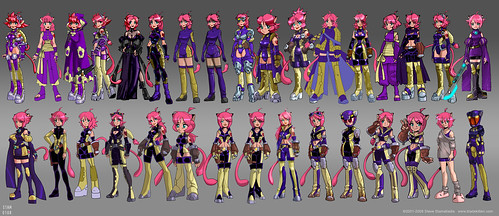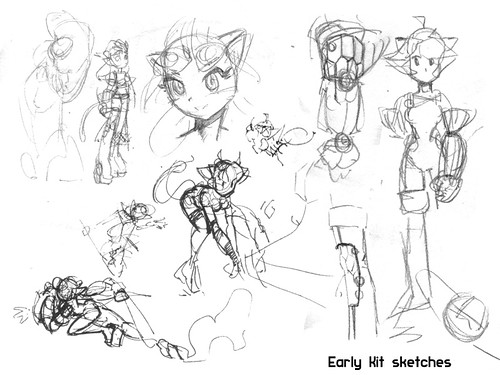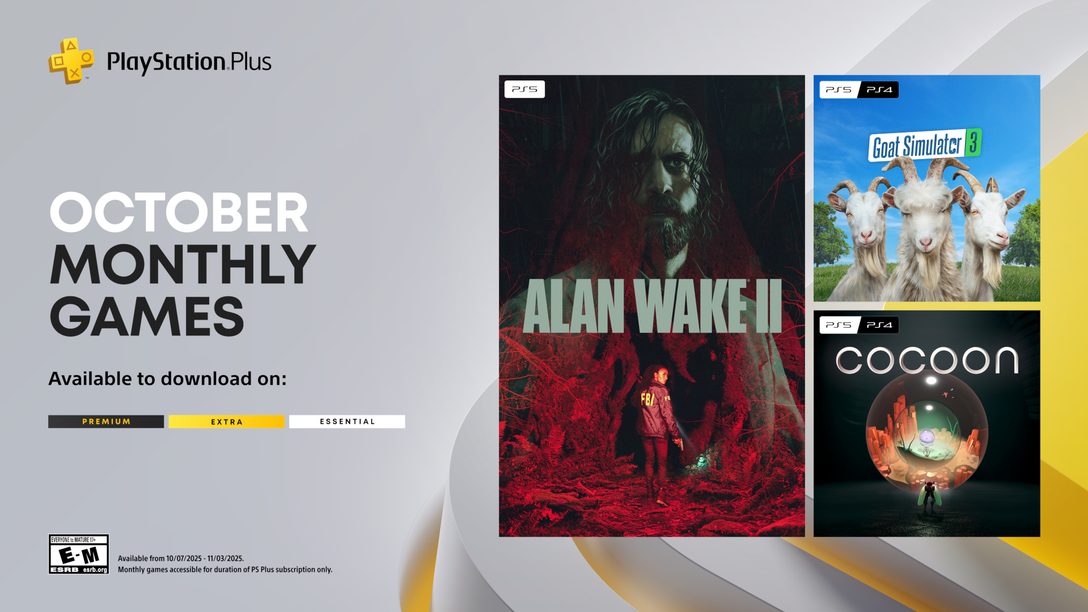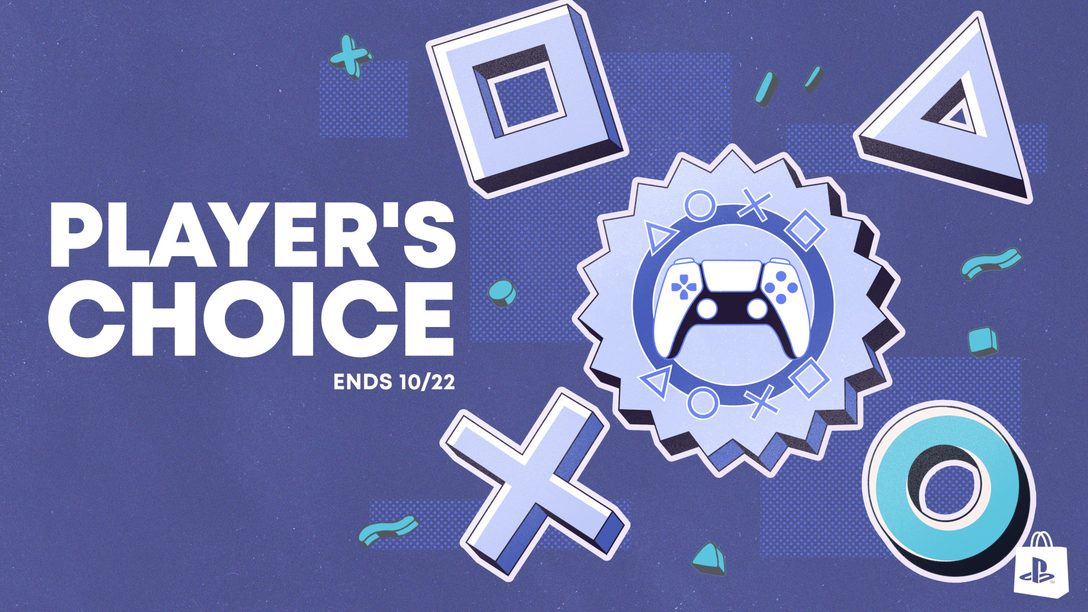Hey folks! It’s me, “Space Captain” Steve again here to tell you all about the somewhat amazing origins of Blade Kitten. When we last met, I told you a bit how the crazy idea of a game called Blade Kitten and its pink-haired catgirl heroine Kit Ballard came about. Today I’m going to let you in on the secretes behind the reason why our arcade sidescroller looks the way it does.
Once upon a time…
When I was a kid, way back in the dark ages before games (better known to many as the early 1970s), I used to watch a lot of cartoons: Speed Racer, Battle of the Planets, Robotech. I always thought those cartoons just had the coolest stories, action and look; It’s really no surprise to me that I gravitated towards that style of drawing. By the end of the 80s when I was studying animation and getting into drawing comics, my fate was sealed – I had become one those non-Japanese anime artists. But I found that I also loved comics and animation from around the world. US, UK, French, you name it, I grew into an international animation and comic lover.
For those taking notes here, these are the creators that I think have most influenced my style, but not necessarily the look of Blade Kitten. First and foremost is the work of the amazing animation director Hayao Miyazaki; I’ll always have soft spots for Nausicaä, Totoro and Spirited Away. On the manga front, I’ve always loved the earlier works of Rumiko Takahashi; Ranma 1/2, Mermaid Saga and One-Pound Gospel. The other big manga influence is Masamune Shirow – anyone who’s ever drawn a mech has probably been influenced by this guy.)
There’s a few really cool European comic artists, such as Jean-Claude Mézières, who is responsible for the classic Valérian series and a lot of concept work on the Fifth Element, and Philip Bond, whose work in the 90s anthology Deadline includes the awesome “Wired World” and “Hot Triggers.” He’s a huge inspiration for the writing and tone of Blade Kitten and really doesn’t get the attention he deserves.
Many impressions make big expressions
Over the years I’ve done a bunch of different styles for games — from cartoony (TY the Tasmanian Tiger) to the more realistic (Star Wars: The Force Unleashed). As cool as those games have been, I’ve always believed there was more I could do to create something unique in games. So after a trip to E3 in 2001, I decided to sit down and work out the visuals for my dream game. That’s when Blade Kitten was born.
I pulled all my favorite unused material — and there was an awful lot of it — into a grand story about a girl who’s mixed up in a giant universe continually on the edge of war. It would feature cool robots, space ships, giant swords, blasters and odd aliens… you know, all the stuff that’s just fun to draw.
Which I guess begs the question “Why a catgirl? What the hell were you thinking?” Honestly I don’t know — I just figured it would be fun and, like I said in the previous blog, just alien enough to feel sci-fi. Then again, it might also have been that I was knee deep in designing the TY universe at the same time. With so many sets of tails and ears floating around, I think Kit ended up growing out of the design for TY’s girlfriend Shazza (a Dingo). When you think of a cat you think of things like slinky, athletic, independent and a hunter, all of which describe Kit perfectly.
When it came time to start working out the game, the first point of order was working out what it should look like. From day one, I wanted to get a visual style that looked and felt like the comics but at the same time improved on those elements I count as my weaknesses, backgrounds and environments. One of the tricks I learned with comics is that you don’t need to have detailed backgrounds in every panel. You can’t do that in games, since players always see the background. Working with the art team, we decided to work towards capturing the feel of Studio Ghibli films’ backgrounds and the works of Kazuo Oga, mixing simple texture with nuanced detail.
As for the characters, we spent about a month working out how to capture the look of the comics. Every detail, from how thick the outlines were, to how the shading worked, even down to the way we modeled the wrinkles in the clothes. For our cel shading we used a system that let the artist determine directly how a material responded to the light so we could easily get metals, plastics, skin tones, etc., that looked like they were ripped right out of the comic. I’m stoked with what we’ve achieved visually. It really is the first game I’ve worked on that’s actually managed to come close to what I envisaged in my head.
Everything we ever create is inspired by something else; the trick is to have a wide variety of source material, to take bits and bobs from every type of artist and medium from all around the world and then filter them through your experiences and sensibilities. That’s what I hope people take away from Blade Kitten — it’s a compendium of things that I’ve seen and enjoyed in anime, comics, movies and as a lover of games — run through the Steve-o-Matic. Of course, there’s also a few new elements in there that you won’t have seen elsewhere, just to make sure that when you play the game that it‘s a new experience that’s familiar-yet-fresh and exciting. I hope you enjoy the world of Blade Kitten when it hits the PlayStation Network soon.














Comments are closed.
38 Comments
Loading More Comments